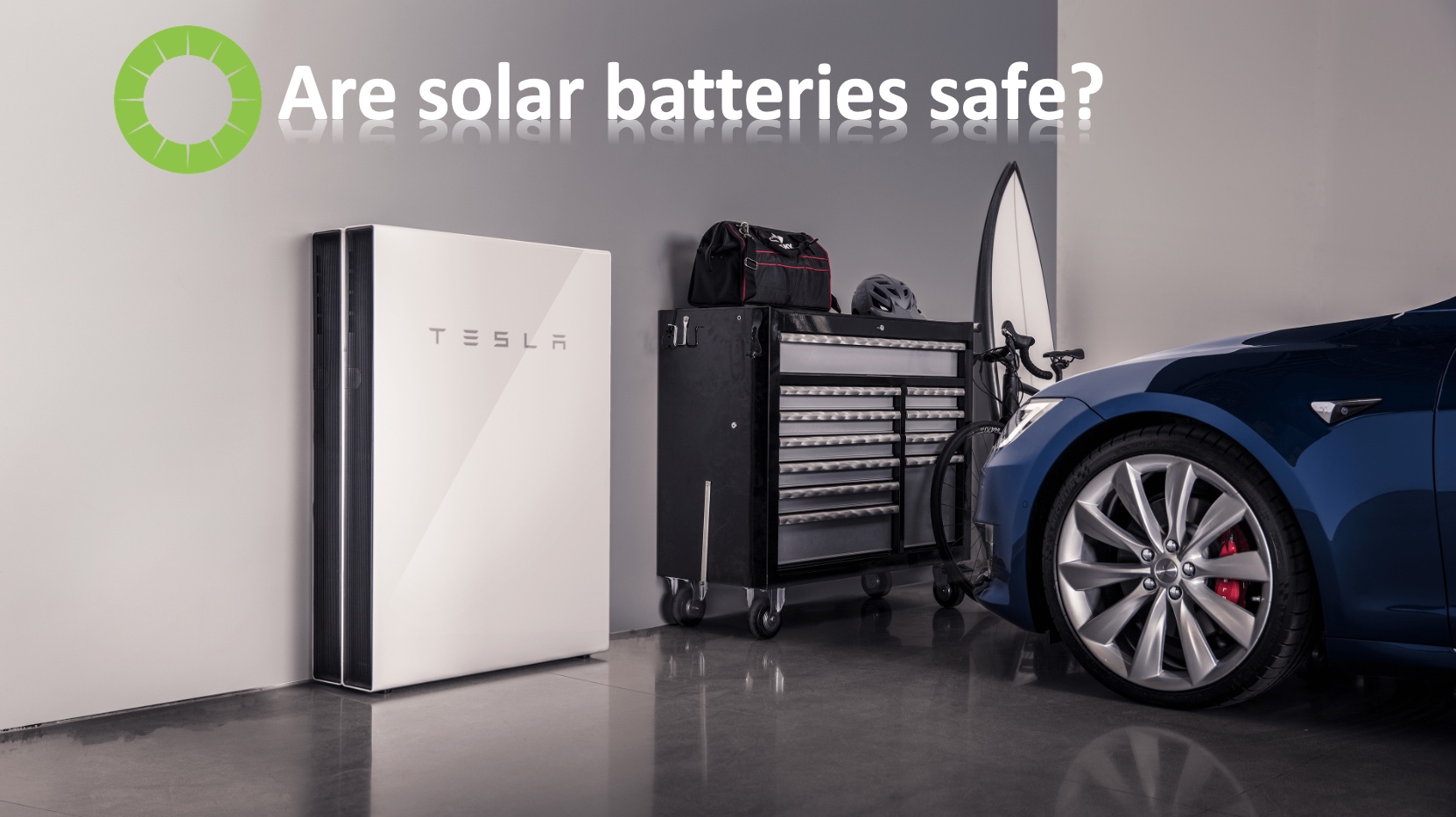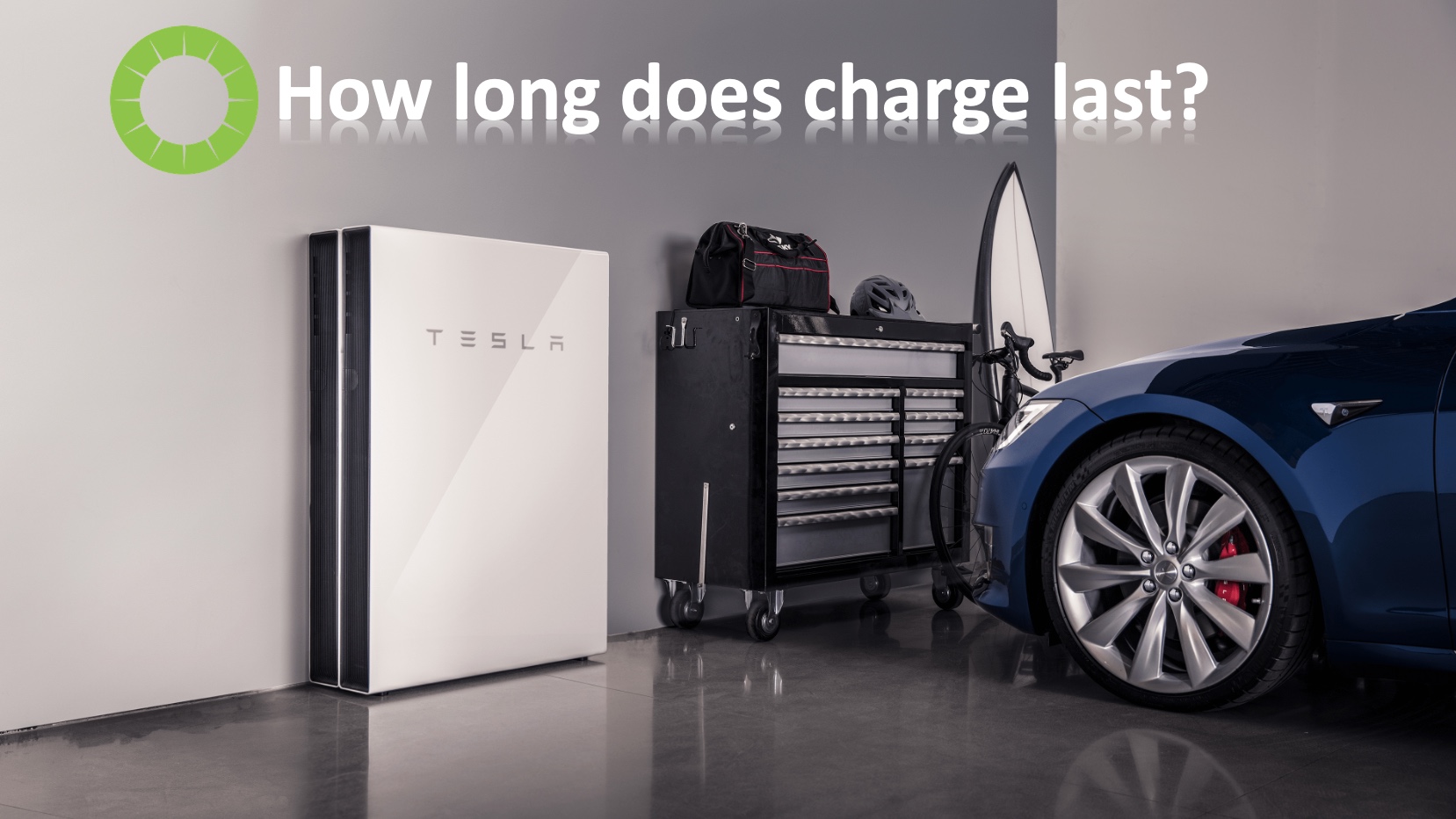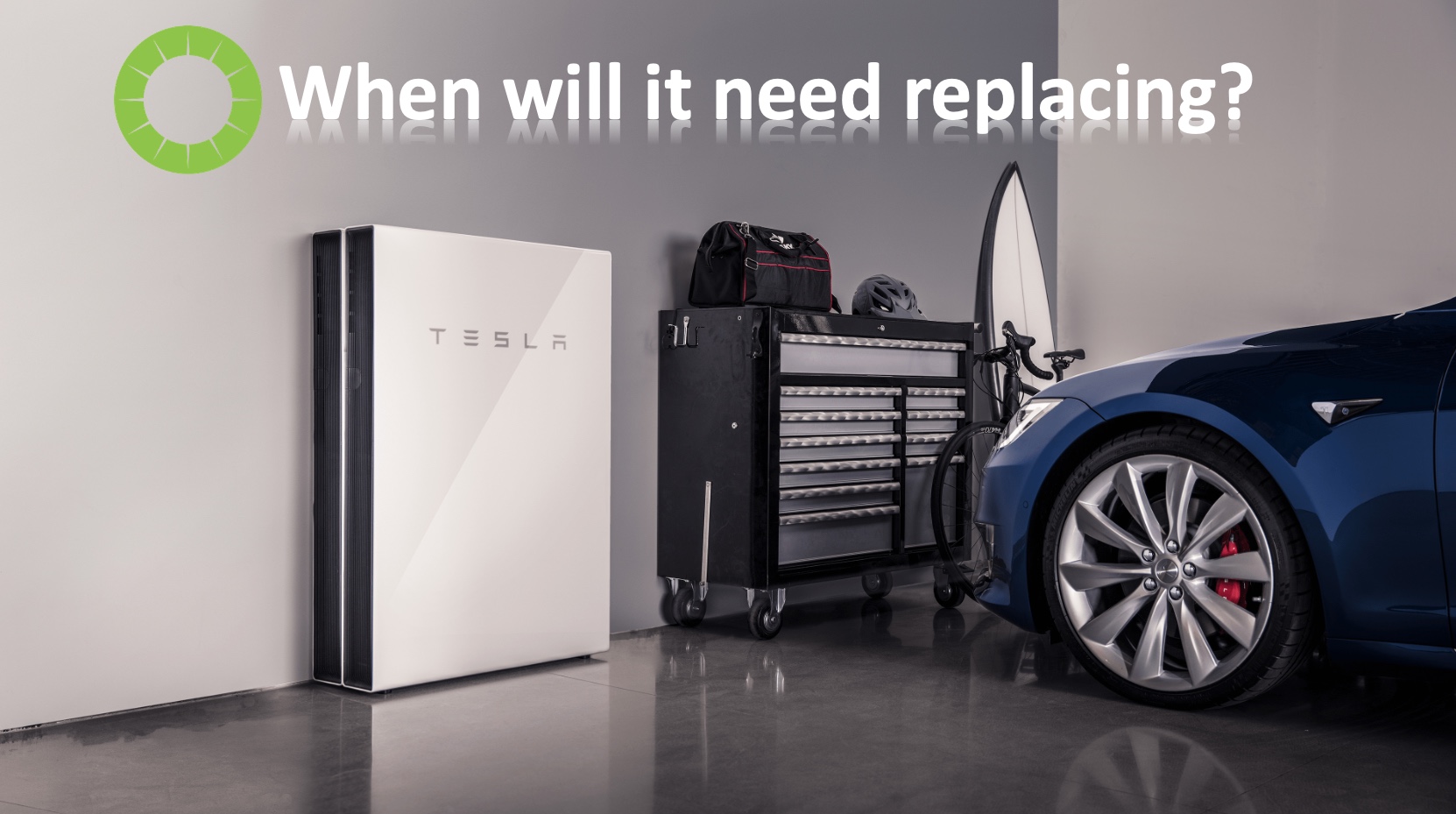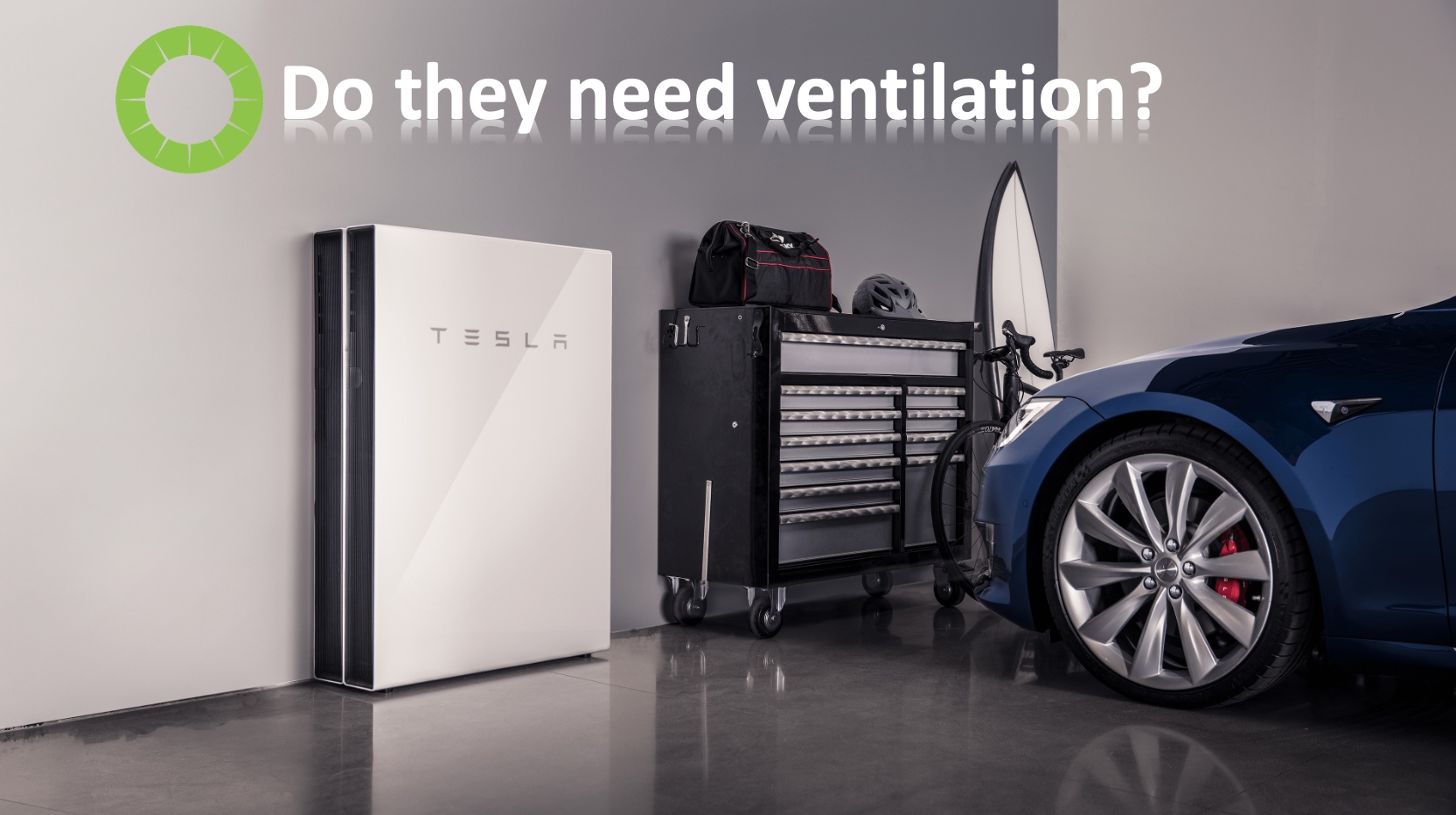All your solar battery questions answered.
Is it worth getting a solar battery in 2023? This article covers all the most common questions we get asked about solar batteries. If you have some other questions, please send them over and will will add them to this article 🙂 Remember, there are pros and cons of every major solar battery brand so do your research before buying one!
Is it worth getting a battery with solar?
Solar panel installations have boomed in Australia since 2010 and we now have over 3 million homes with solar panels on the roof. This means Australia has the highest rooftop penetration for solar PV per capita globally.
With all these solar panels installed and producing energy from sunrise to sunset, often when people are not at home, there is a lot of energy being pumped back into the grid. This is commonly known as a duck curve because the energy exported back to the grid starts dipping down from sunrise, curves upwards and peaks between 10am – 2pm and then curves back down through to sunset.

The chart above shows the solar duck curve which is causing issues for electricity supply.
This is great for home and business owners who are saving lots of money from selling energy back to the grid, but it presents major issues at the same time. When everyone starts coming home from work and turning on electrical appliances, the grid demand increases significantly. It is this peak demand that is presenting a major challenge for the grid.
Because of this peak demand and the costs associated with supplying at these times, energy retailers are starting to introduce more Time Of Use (TOU) tariffs which can include peak demand penalties. In a nutshell, what this means is you either are already, or you will soon start to get charged a lot more for electricity during peak times. These times vary a little bit from one area to another but usually 4pm – 9pm, or thereabouts.
Solar PV without a battery is usually starting to drop off at 4pm and by 5pm, depending on the orientation of your solar array, you might not be getting much energy from your panels. This is where a solar battery will start saving you a lot more money because you can store energy from your solar panels during the day and then use it during peak times. With some batteries, you can set the discharge time, so it only discharges during peak times when you are being charged more.
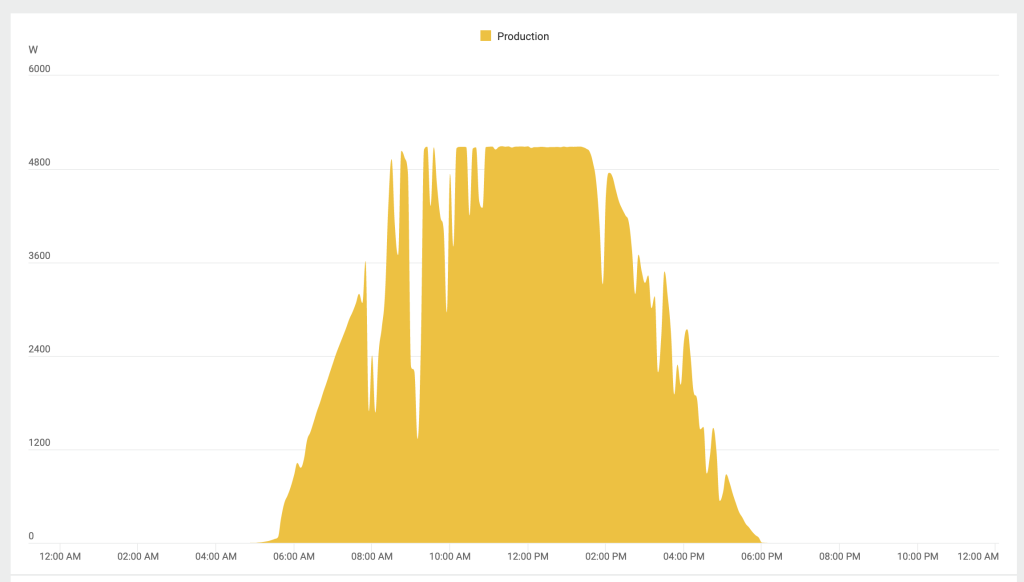
The chart above shows a typical solar production. You can see how the energy start to drop off around 2pm and by 4pm it is only producing about 50% of the max output. The array from this chart was facing about 30 degrees off North to the East.
In addition to TOU tariffs making batteries more appealing, feed in tariffs (FITs) are also decreasing, meaning the money you get paid for selling energy back to the grid is becoming less valuable.
At the time of writing, the average feed in rate in Australia is $0.074 per kWh sold. Back in 2013, you could get up to $0.60 with some retailers in certain areas. This means the energy you are selling back during the day is worth less, so storing in a battery and then using later, is becoming more valuable. This trend is set to continue and there is even talk of customers being charged for energy being sold back at times where the grid struggles to accept exported solar power.
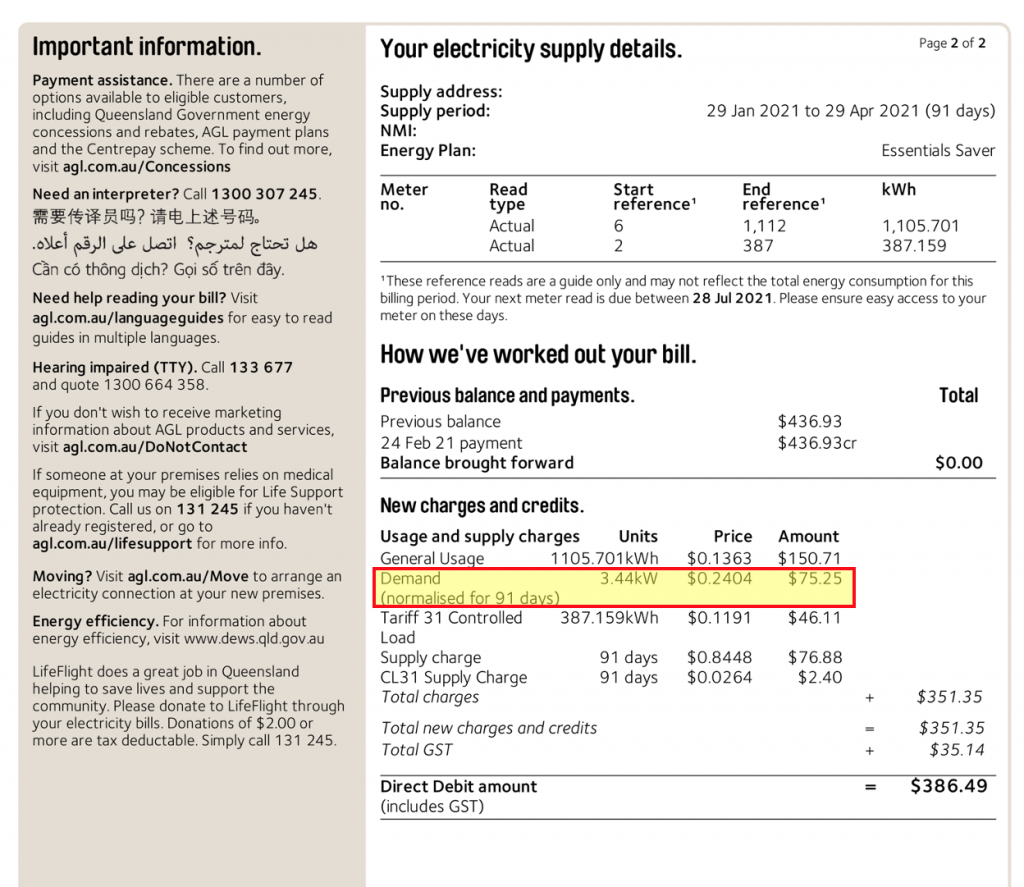
The power bill above shows peak demand charges, which are becoming standards for homes.
Lastly, Virtual Power Plants (VPPs) give you the opportunity to get paid for having a battery. In simple terms, a VPP is a community of battery owners who band together and give permission for a very small amount of their battery to be used to help the grid during peak times. When this happens, you get paid for this energy.

In addition to the financial benefits a lot of people are buying batteries to become more sustainable and also to be more independent from the grid. Storing energy and using it later means you are reducing your carbon emissions significantly more than if you were selling your energy to the grid.
With some batteries you can also have black out protection so if there is a power cut, you can still use your solar and battery energy.
Add all of the above points together, throw in the feeling of being independent from the grid and not giving large energy companies your hard-earned cash anymore and batteries start to look like an extremely good purchase.
So, is a really worth getting a solar battery in 2023?
This question is subjective and depends on what you consider “worth it”. As mentioned above a solar battery offers value in saving you money through:
- Extra “standard” energy savings
- Peak demand savings
- VPP payments
- Blackout protection
- Grid independence
- Environmental benefits.
A solar and battery system is a big-ticket item and will cost between $15,000 – $25,000 for most homes. However, the battery warranties are typically 10-years and with the benefit increasing every year as energy charges increase and are concentrated into peak demand hours, it is an investment that will keep on giving.
Whether the purchase is worth it or not, will depend on what you really consider value in your life. If you renovated your bathroom or kitchen it might cost around the same price as a solar battery. You would have to question whether an investment on a reno like this would offer anywhere near as much real value as a solar battery?
How much does a battery cost?
The cost of a battery will depend on many variables such as:
- How much storage do you want (i.e. how much energy will you use overnight and how much of that energy do you want to come from the battery)?
- Which manufacturer are you comfortable with? Not all batteries cost the same amount and they all have pros and cons.
- Where will it be installed? If your battery can be installed in a garage right next to your main switch board and solar inverter, then the install will be much cheaper than if you have to install it far away. You may also need to install a fireproof board behind and above the inverter to meet standards. There are also many other smaller variables that can contribute to the cost of the installation of your solar battery.
Overall, a solar battery will cost approximately $1000 per kWh of storage. A good quality solar battery will save you a lot of money for a very long time so the cost can easily be justified.
Are solar batteries safe?
In general, solar batteries are very safe. The most common type of solar battery is lithium ion, which is similar to the battery in the mobile phone you carry around all day. If the battery is not installed correctly or is poor quality, then there can be an increased risk of the battery overheating.
In Australia, there are very strict installation standards which ensure batteries are not installed in areas where a battery overheating can cause major damage or put people health at risk.
The best way to limit the small amount of risk associated with solar batteries is to do some due diligence on the company you are purchasing the battery from. Make sure they have a good record of installing batteries and make sure the battery they are recommending is from a reputable manufacturer.
How long does a fully charged solar battery last?
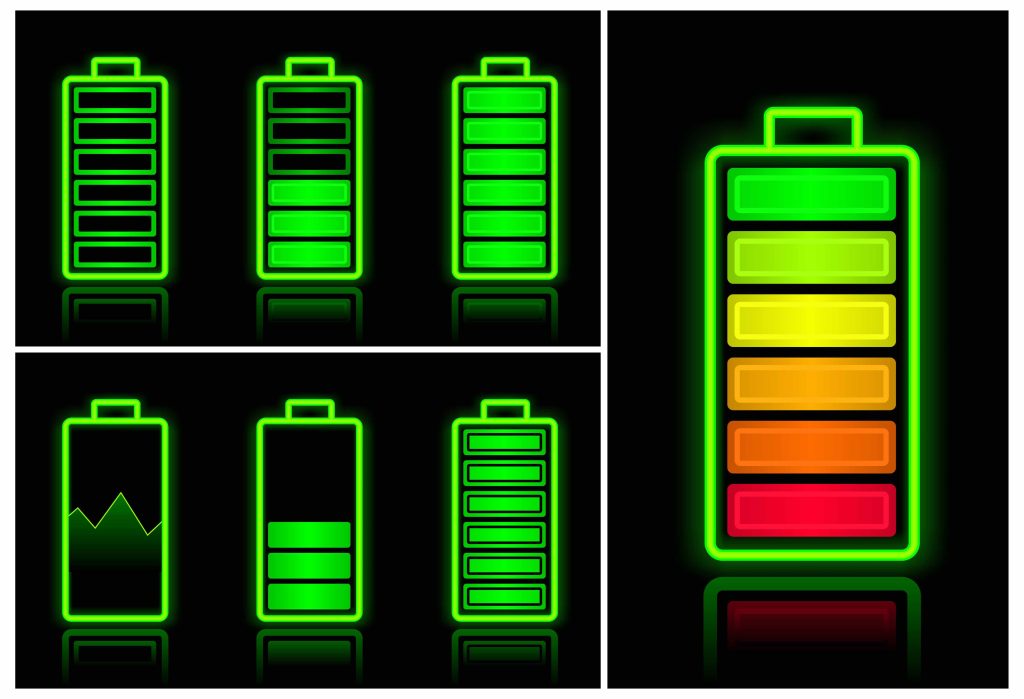
Most home batteries are between 10kWh – 13kWhs of usable storage. There are some smaller batteries around 4 – 5kWhs but it is rare that educated consumers purchase them because that amount of storage is rarely enough to provide significant value.
How long that storage will last will depend on which appliances you are using in your home. For example, an average modern 32-inch TV might draw 150 watts. This means that if the TV is turned on for an hour, it will draw 150 watt-hours (wHs). If you had a fully charged battery with 10 kilo-watt (kWhs) of storage, this means you have 10,000wHs of energy stored.
However, an average size split system air coin unit can draw 5kW, which means if you turn it on when the house is very warm, it could draw 5kWhs (5000wHs) in the first hour while it is working hard to cool the house down.
This is why you need to be careful which appliances you use for back-up power. In the event of a power cut most people have a critical load circuit with lights, fridge’s, security systems and some plug points connected. If you tried to run AC on the back-up power, you would use all the battery power quite quickly.
In terms of how long a battery will last an average home, 10kWhs storage would probably be enough to get you through the peak times from 4pm – 9pm. There are obviously loads of variables here and some homes would burn through 10kWhs way quicker than this, others will have energy all through the night, which is why you can stack up some batteries and to get to much more than 10kWhs of storage.
How quickly do solar batteries degrade? How long will a solar battery last before it has to be replaced?
The lifespan of a solar battery will depend on a few variables such as:
Type of battery purchased: Not all solar batteries are created equally. There are different chemicals used in batteries which effect the lifespan. Lithium-ion is by far the most popular solar battery for home and business battery solutions. For some off-grid installations lead acid batteries are still being used and there are lots of other emerging technologies that might become more popular as the storage market continues to grow. Lithium batteries usually come with a 10-year warranty. In addition to the type of chemicals used, how the battery is manufactured and how the battery management system works will also play a big part in the lifespan.
The storage market is growing rapidly and with this growth we are starting to see more and more battery manufacturers pop up. This is good because it can help drive costs down, but you have to be careful if you are buying a battery from a newer manufacturer. When solar energy started to boom, we saw the list of approved Clean Energy Council manufacturers drop 83% from 2013 to 2020 as lots of newer manufacturers either went out of business or left the Australian market. This has left a lot of consumers without warranties or support. We expect to see a similar trend with batteries over the next decade.
The way the battery is used: Simply put, battery will degrade quicker if you use it more. If you charge and discharge your battery once a day, this is classed as one cycle. If you are cycling your battery once a day and compare that to someone who only cycles their battery once a week, your battery will degrade much faster. The other consideration here is energy throughput, which basically means how much energy is put through your battery. Both of these factors are often included in battery warranties with limits being placed on how many cycles you are allowed, or how much throughout you are allowed in the warranty timeframe. Under some circumstances, you might cycle your battery more times than the warranty covers, before the end of the 10-year warranty.

The Tesla Powerall 2 solar battery can be installed outside but is best under a significant eve and out of the direct elements.
Where the battery is installed: A solar battery and battery management system (BMS) is a complex electrical device. Electrical appliances never like heat and a solar battery is no different. A battery that is installed inside, in a cool environment with good ventilation will last longer than a battery exposed to the elements and heat. In an unfavourable environment, the actual battery will degrade quicker, and the associated electronics and enclosure will also degrade quicker. Therefore, we would usually try and install a battery inside a garage where possible.
It is important to note that a battery does not usually work at 100% one day and then very quickly stop working completely. Unless you have a critical failure with the product, your solar battery will degage slowly over time. Most modern batteries have a 10-year warranty, with variables form one manufacturer to the next with regards to exactly how the warranty works. This does not mean that after 10-years your battery will be completely useless though. Depending on the brand, type of battery and how it has been used over the years, you should be able to use your solar battery for long after this warranty expires, just at a lower percentage of storage. For example, your battery may only have 70% of its original storage capacity after 10-years, but you would still be able to use this 70%.
Do solar batteries need ventilation?
Batteries definitely need to be installed in an area with good ventilation. The standards in Australia make sure batteries are installed with suitable clearance from other objects and in areas that are adequately ventilated. If your installer follows these standards, then your battery will have sufficient ventilation.
Are solar batteries getting cheaper?
Some of the most common things we hear at the start of our journey with customers is ‘we are waiting for the price of batteries to come down’ or ‘are solar batteries getting cheaper?’. 2-3 years ago batteries were definitely talked about, but they were not the big buzz word like they are today. Holding on for 2-3 years was the right thing to do, maybe not so much from a price perspective but the product offering now across many manufacturers like the Sungrow SBR or the Tesla Powerwall 2 gives customers really great choices when looking at solar battery options.
As volume and demand for batteries increases, you might think they would be getting cheaper …..unfortunately they are not; in fact the Tesla Powerwall 2 will see an increase on it’s RRP next year as will the Sungrow SBR range. The main reason for this is the cost of raw materials has increased, the demand for batteries in EV’s has gone through exponential growth which is causing the manufacturers to increase their costs. BYD batteries are said to be increasing their battery prices by at least 20% soon due to cost inflation.
It’s not all doom and gloom because the prices are going up though. Firstly, look at what the state governments have been doing to push battery technology and help from putting so much strain on the grid. SA has a rebate program on battery installations, VIC also has a grant and interest free loans on battery installations in certain areas, QLD did a grant and interest free loan 2 years ago under a pilot scheme & NSW are running a pilot scheme as we speak under their empowering homes programme. These are all initiatives to incentivise customers into getting batteries installed at their homes. So while the batteries are not getting cheaper, there are certain incentives available across the different states to enable you to get a battery installed.
The value of solar batteries has also increased significantly as mention above under the heading “are solar batteries worth it”. So, you could wait another 2-3 years to see battery prices come down, like we did 2-3 years ago but you would most likely find we are in exactly the same position we are today.
Whether the battery prices do come down or not, we are in a position where we can now be completely self-sustainable (in most circumstances) and a lot of our customers see this as the utmost importance rather than battery prices going down further. With battery payback periods now as low as 5 -years, it might just be the best time ever to get one installed.
How big are solar batteries?
There are many solar battery manufacturers, and they are all slightly different dimensions. Some manufacturers also have a range of different batteries which are different sizes. Here is a list of common batteries:
sonnen:
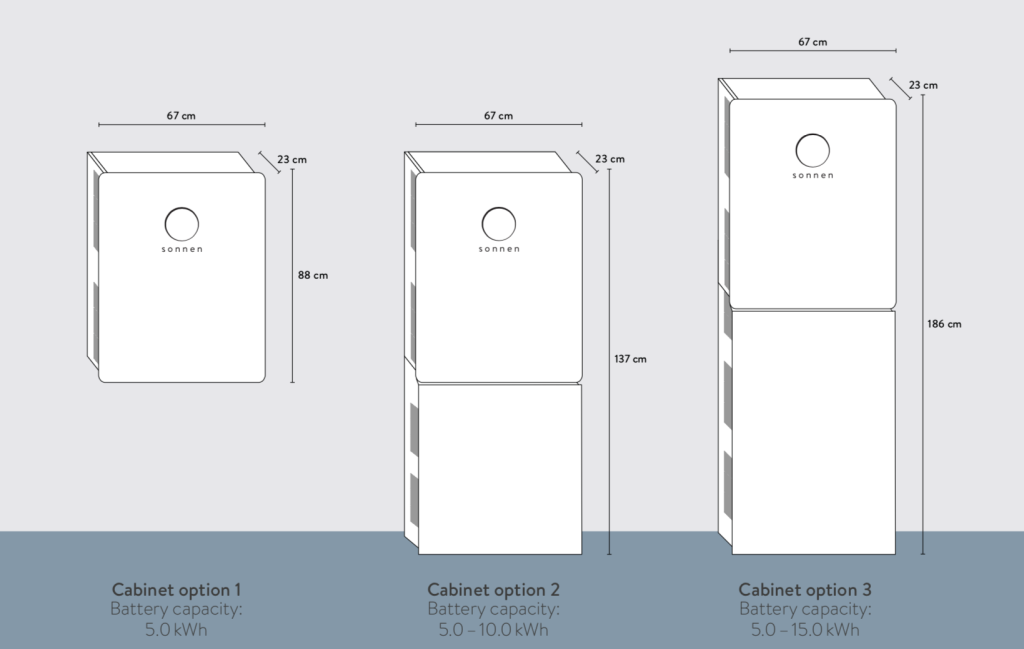
Telsa Powerwall 2:
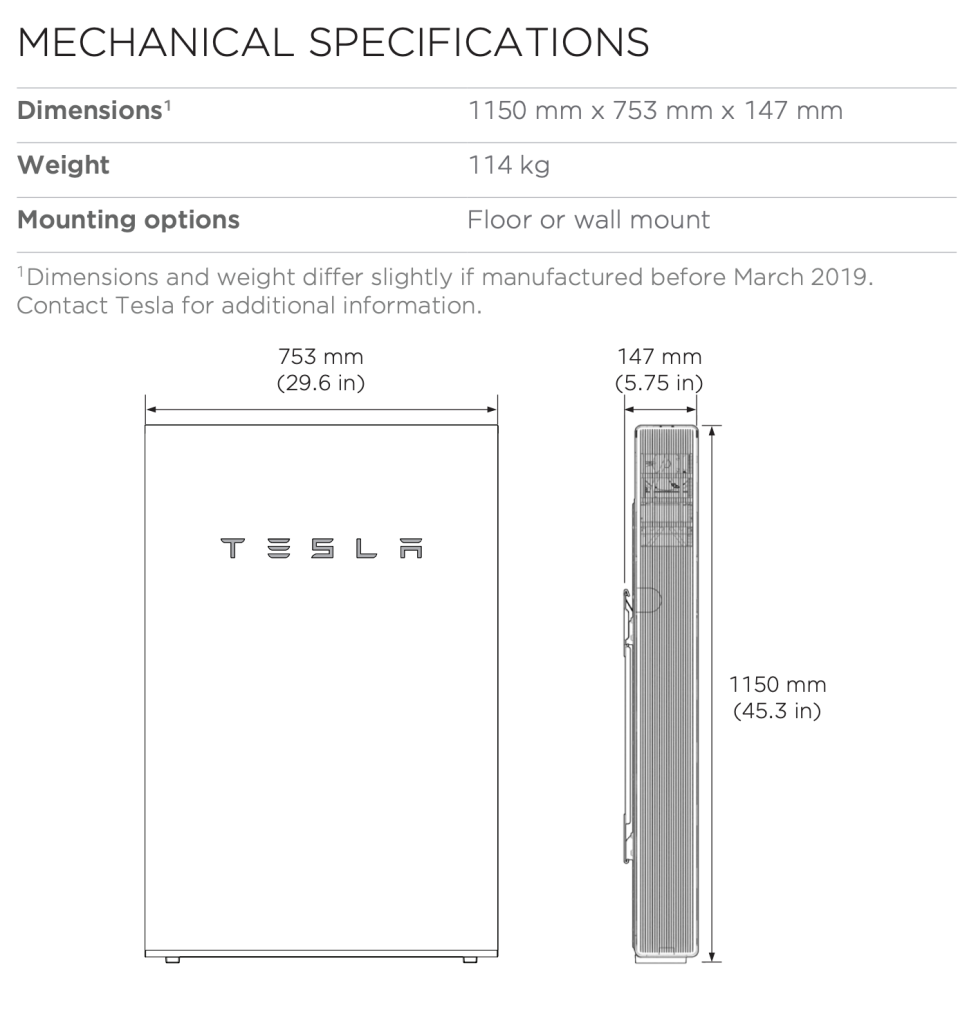
Sungrow:
The Sungrow battery range is stackable in 3.2kWh modules.
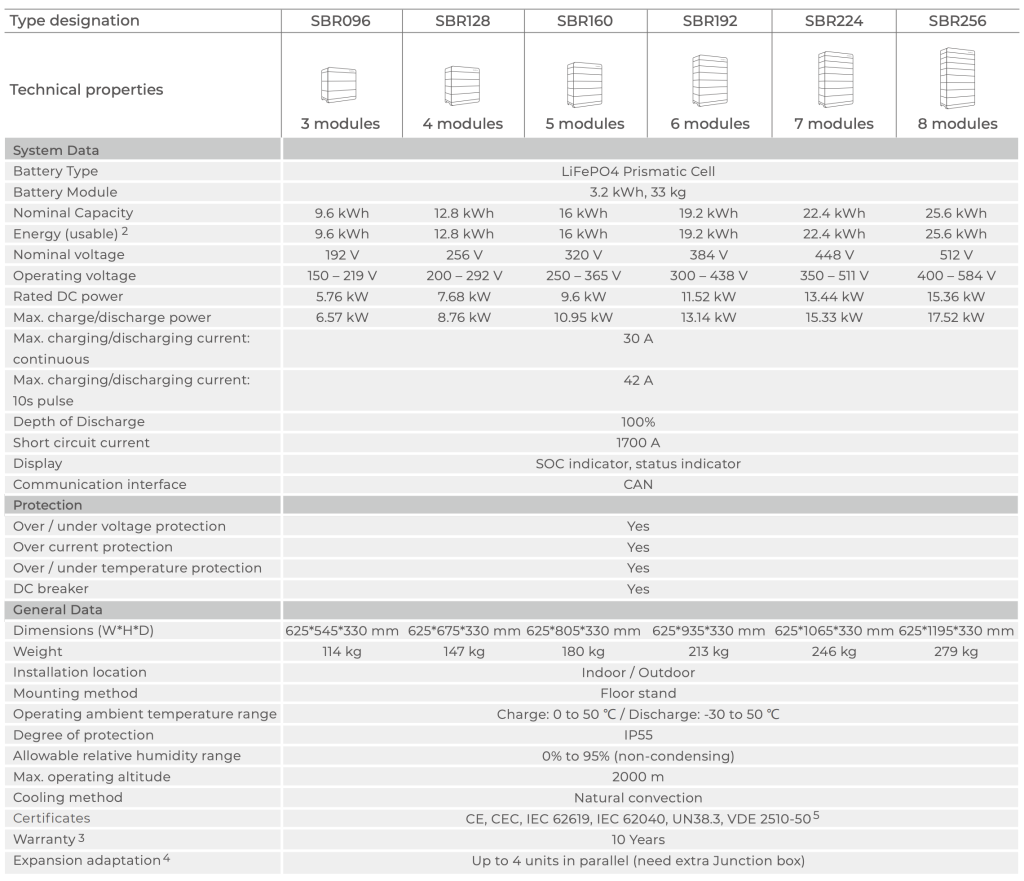
LG Chem:
LG Chem have a range of batteries, this is the most popular 13kWh version.
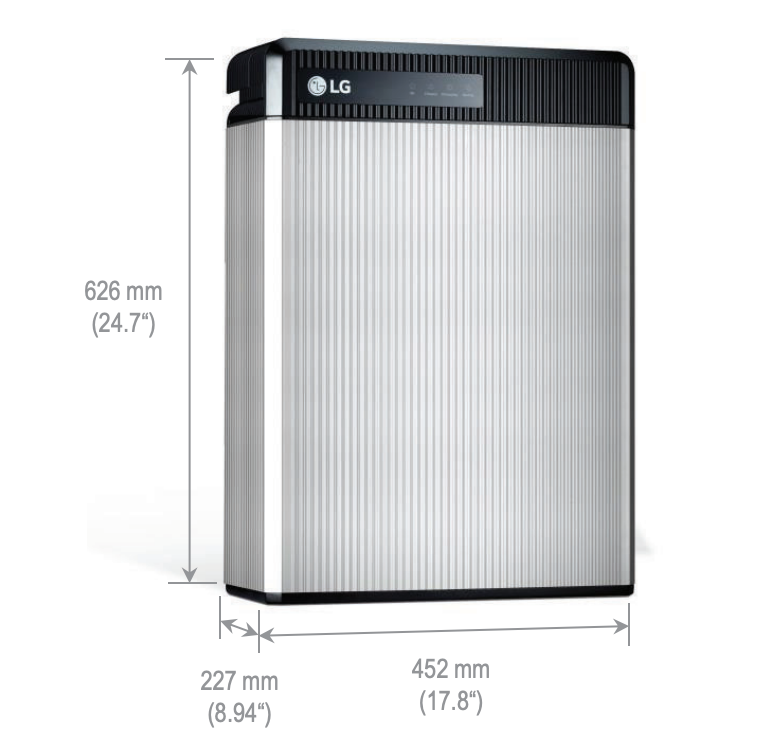
BYD:
BYD have two main ranges of batteries. The HVM and HVS.
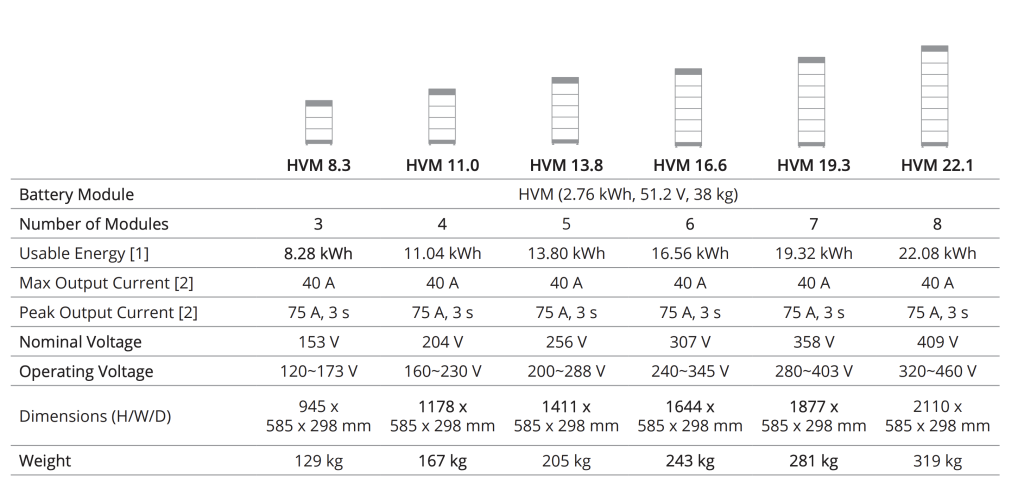
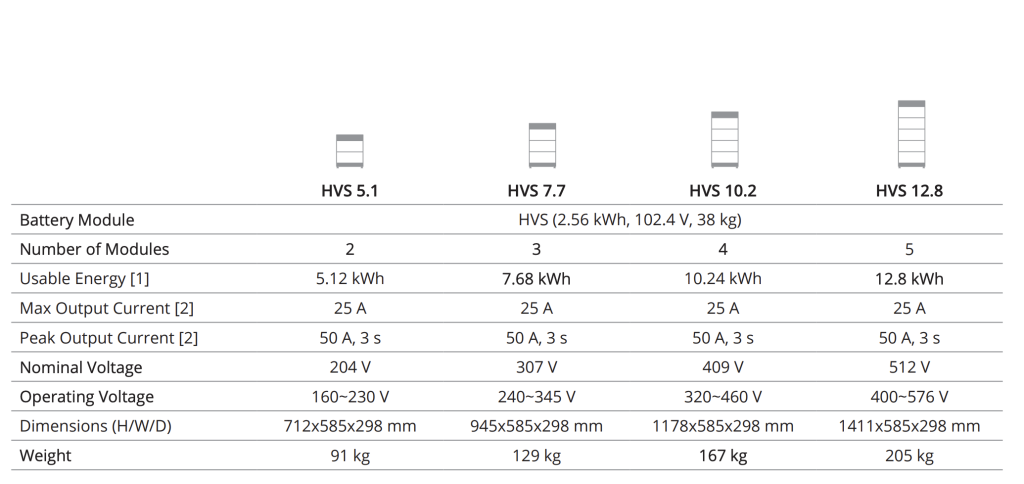
Q Home:
The Q Home is the Q Cells battery option.
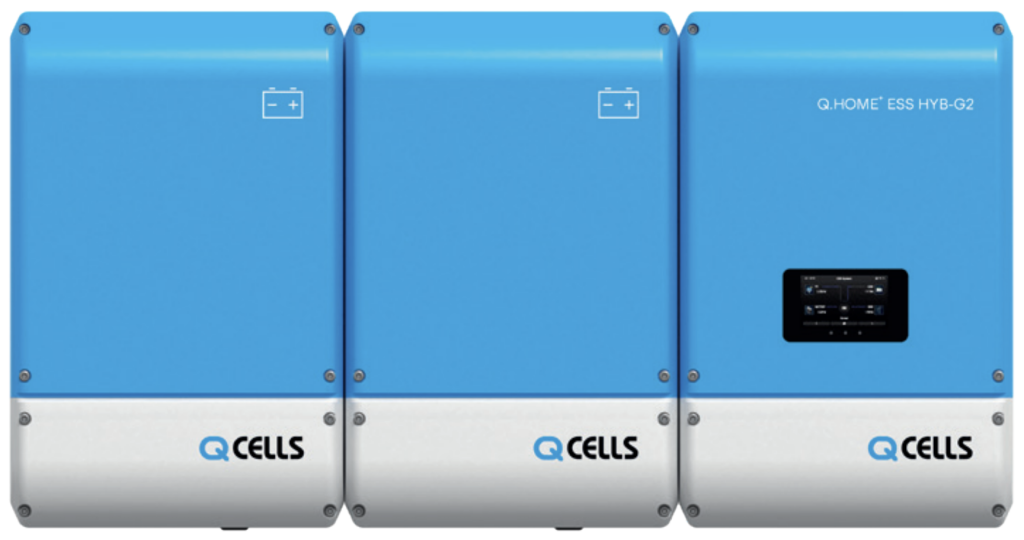
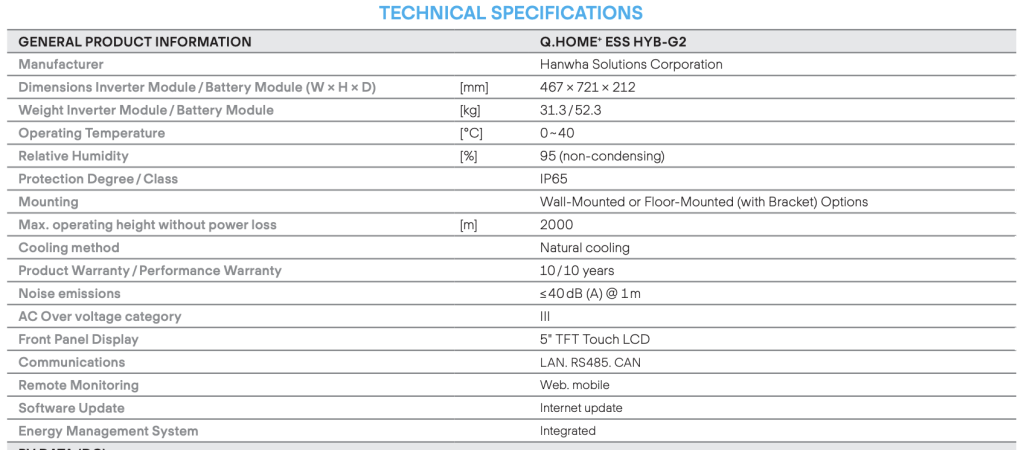
Please note: there are lots of other batteries also available, the above have been the most popular in recent times.
Summary:
Solar batteries are becoming more valuable as time goes by due to lowered feed in tariffs, higher peak demand charges, emergence of Virtual Power Plants and the need for back-up power and grid independence.
A solar and battery system will still cost more than just solar panels and will therefore take longer to pay back. However, they are a longer-term solution and a more well-rounded energy balance.
Here are some links worth checking out:
Pros and cons of all major solar panel brands



